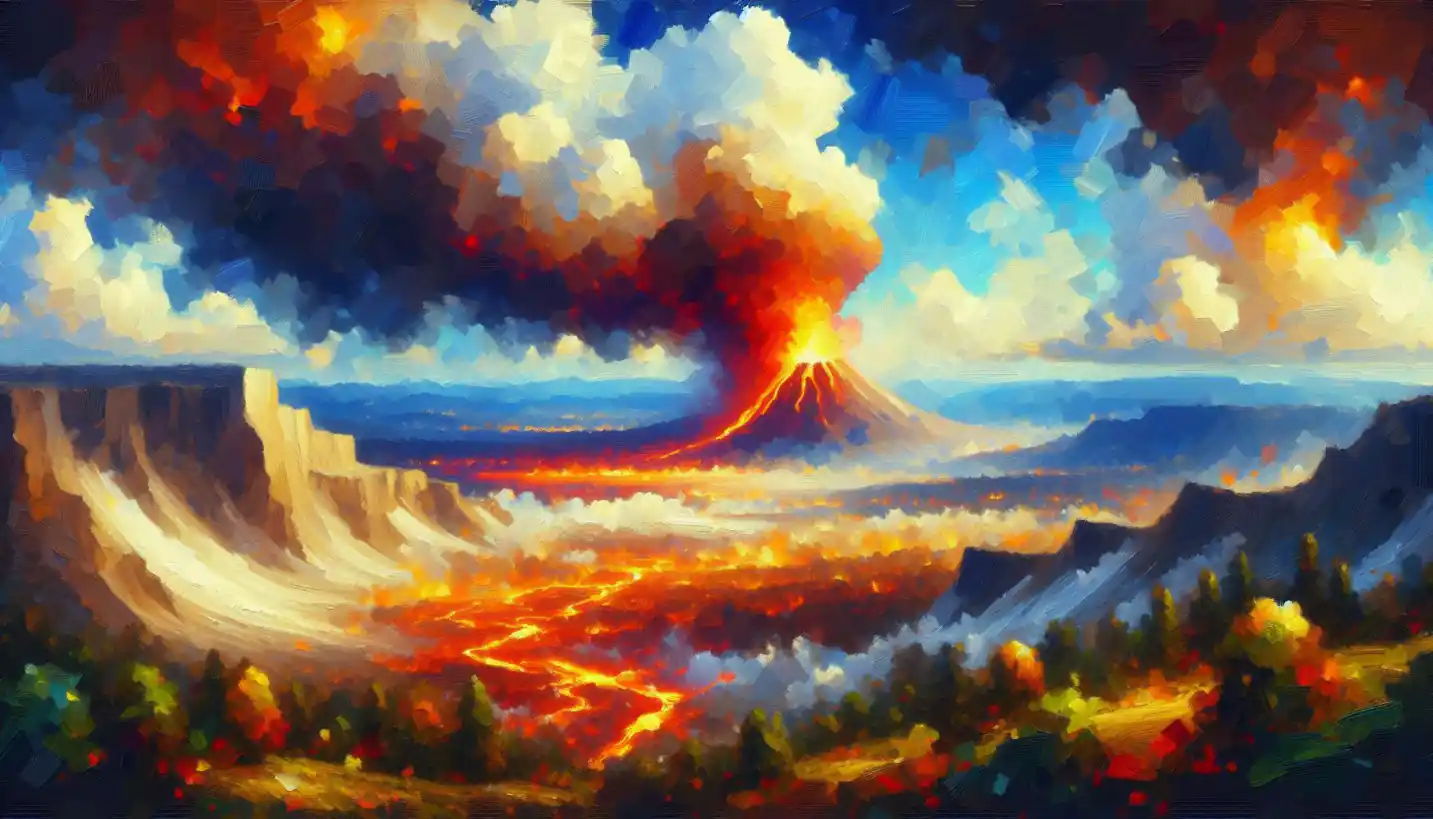· Geography · 4 min read
Orographic Lift: Mountains Shaping Our Weather Secrets
Ever wonder how mountains shape our weather? Orographic Lift reveals the secrets of how landforms influence precipitation and climate patterns.

Ever wondered how mountains affect the weather around them? Mountains aren’t just pretty to look at; they play a big role in climate and geography. Let’s dive into orographic lift, a fascinating process that helps explain why certain areas get lots of rain while others stay dry.
Orographic lift is all about how air moves over mountains. Picture this: as warm, moist air travels over the land, it eventually bumps into a mountain range. With nowhere else to go, the air moves upwards. As it rises, it cools down, and since cooler air can’t hold as much moisture, the water vapor condenses into clouds. This process often leads to precipitation like rain or snow. So, mountains act like nature’s own weather makers, turning moisture in the air into precipitation.
Why does this happen? When warm, moist air is forced over the mountains, it’s like squeezing a sponge. You get water droplets as the air cools due to reduced pressure and temperature at higher altitudes. This concept is crucial in understanding why some parts of the world, especially those near mountain ranges, receive so much rainfall.
One of the best-known examples of this phenomenon is the Pacific Northwest in the United States. The Cascade Range forces air upwards as winds blow in from the Pacific Ocean, resulting in heavy rainfall on the western slopes. Meanwhile, areas on the eastern side, known as the rain shadow region, receive far less moisture. This is why places like Seattle are known for being wet, while Eastern Washington is much drier.
But it’s not just about rain. Orographic lift also affects snowfall, especially important for ski resorts nestled in mountainous regions. The Alps, the Rockies, and the Andes are perfect examples where orographic lift provides ample snow, making them popular winter destinations.
This process is a big deal not just for weather patterns but also for ecosystems. The varying climate conditions created by mountains mean diverse habitats. The lush rainforests of the Olympic Peninsula owe their existence to the heavy, orographic-induced rainfall. Meanwhile, on the leeward side, drier ecosystems thrive, featuring different plant and animal life.
Alright, let’s get a bit more technical, but not too much—no need for jargon overload! As the air rises, pressure decreases and the air expands. In meteorological terms, this is called adiabatic cooling, where the temperature drops without transferring heat to the surrounding environment. It’s this cooling effect that squeezes out moisture. For those curious about what happens next, as the air descends on the other side of the mountains, it warms up again. This process is known as adiabatic warming, often leading to the dry conditions of a rain shadow.
These dynamics influence climate researchers and expedition planners who look at weather charts to predict changing conditions. Understanding orographic lift helps them anticipate not just rain and snow amounts but also temperature shifts—crucial details for agriculture and urban planning. Communities depending on mountain water sources need to know about these precipitation patterns, as they directly impact water supply, especially in regions prone to drought.
Considering climate change, examining orographic lift is even more vital. As global temperatures rise, the amount and timing of precipitation can shift, unsettling ecosystems that rely on consistent weather patterns. Scientists work hard to predict how these shifts might impact everything from river flows to the habitats supported by mountain climates.
So next time you gaze upon a mountain range, think about the hidden world of weather at work. Orographic lift isn’t just an abstract meteorological term—it’s a key player in the canvas of Earth’s climate, shaping the environment around us in ways we can see and feel. For travelers, farmers, skiers, and anyone invested in our planet’s well-being, understanding this process is invaluable.
If you’re interested in seeing this in action, try visiting different mountain ranges and notice the weather. From the Scottish Highlands to Japan’s Mount Fuji, orographic lift is universally making its mark. In essence, mountains are not just lofty peaks; they’re dynamic forces that sculpt our weather, landscapes, and ultimately, our daily lives.
Explore how nearby cities and regions are affected differently by orographic lift. This makes a great topic for students or travelers keen on seeing climate science in the real world! One question remains: How might future shifts in climate further modify orographic influences? It’s a mystery worth unraveling, as it holds answers not just for today, but for our planet’s future.


